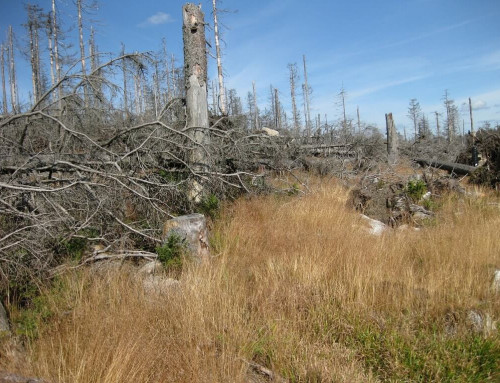
Commercial Tobacco Farming. Image credit theconversation.com
ZIMSEC O Level Geography Notes:Agriculture:Farming types in Africa: Commercial Crop Farming
- Commercial farming involves the growing of crops and the rearing of animals on a large scale for sale of products.
- Commercial farming is agribusiness with the farmer aiming to have the highest returns from the farm.
- To achieve this, the far,er must have adequate land, capital fro inputs, water for crops or animals and the necessary expertise or skills.
- Climatic conditions must also be favorable to the type of farming chosen by the farmer.
- Labour must be available and cheap.
- Markets, transport and machinery are all crucial for commercial crop farming.
Areas where its practiced
| Zimbabwe | Rest of Africa |
|---|---|
| Tobacco | Tobacco-Malawi, South Africa, Nigeria |
| Maize | Groundnuts-Nigeria, Gambia, Senegal |
| Wheat, barley | Cotton-Egypt, Sudan, Nigeria |
| Cotton, paprika | Tea-Malawi, Kenya, Ethiopia |
| Tea, deciduous fruit | Coffee/Cocoa-Ghana, Nigeria,DRC, Cameroon, Cote d'Ivore |
| Sugar cane | Rubber-Liberia, Nigeria, DRC, Cameroon |
| Coffee, groundnuts | Palm oil-Nigeria, Cameroon, DRC |
| Soya beans | Maize-South Africa, Zambia |
| Citurs, vines | Sugar cane-South Africa, Malawi, Tanzania |
| Inputs | Processes | Outputs |
|---|---|---|
| Land-500 to 100 000 ha | land preparation-tree felling using bulldozers, caterpillars and ripper saws, ploughing by tractors, basal dressing of fertilisers | Food crops-maize, millet, groundnuts, rice,sorghum and wheat, potatoes, beans, apples, vegetables. |
| Rainfall-water for irrigation from rivers, dams, lakes or acquifers | Planting-using seed drills or by hand tobacco | Industrial crops-tobacco, cotton, oil seeds, sunflower, soya beans, sugar |
| Capital-from banks or other farmers. | Weeding-by hand of hired labour. | Beverages- Tea, coffee, vines |
| Labour-from the farmer himself, skilled and semi-skilled workers from the population. | spraying-using back packs or by air crafts, hired labour. | Meat-fresh, frozen, dried and salted. |
| Machinery-tractors, disc harrows, ploughs, seed drills, cultivators, lorries, spray aircraft, combine harvesters, graders. | Harvesting-combine harvesters for cereals or cultivators for potatoes. | Milk-fresh, pasteurized, powdered, cheese, yoghurt |
| Agro-chemicals-insecticides, herbicides, vaccines, fertilisers | Transporting-by tractors or lorries or rail or air for flowers. | Skins and hides-for leather industries e.g making belts and shoes |
| Hybrid seeds-from research stations and production farms. | Storage-use of barns. | Bone, horns and hooves-for glue, buttons, enamel, pet foods |
| Breeding stock-from other farmers or imported | Processing, grading and packing- for tea, coffee, tobacco and cotton. Marketing-local and abroad. | Manure- for feeding crops. Capital-for re-investment, for labour. |
Advantages of commercial crop farming
- Self sufficient in food supply.
- Improving the diet of people resulting in a well-nourished nation.
- Foreign currency earnings through exports to other countries.
- Employment creation in various stages of commercial farming, raising of living standards.
- Development of industries either to support agriculture or to use agricultural raw materials.
- Development of infrastructure fro example roads, rails, airstrips, education, health.
- diffusion of farming skills to local small-scale farmers.
Disadvantages of commercial crop farming
- Takes up much land when other farmers have none.
- Monopoly of products leads to little control of prices on the market.
- Much land lies idle as not all land on commercial farms is utilised.
- Suppresses growth of the small scale sector due to large economies of scale.
- Under-paying of unskilled labour.
- Poor housing and sanitation on the farms.
- Use of child labour during crucial periods of planting and harvesting, bordering on child abuse.
To access more topics go to the O Level Geography Notes page



